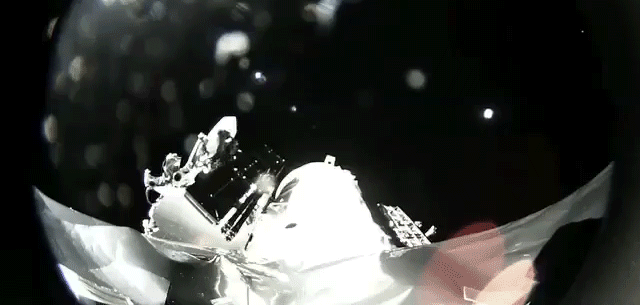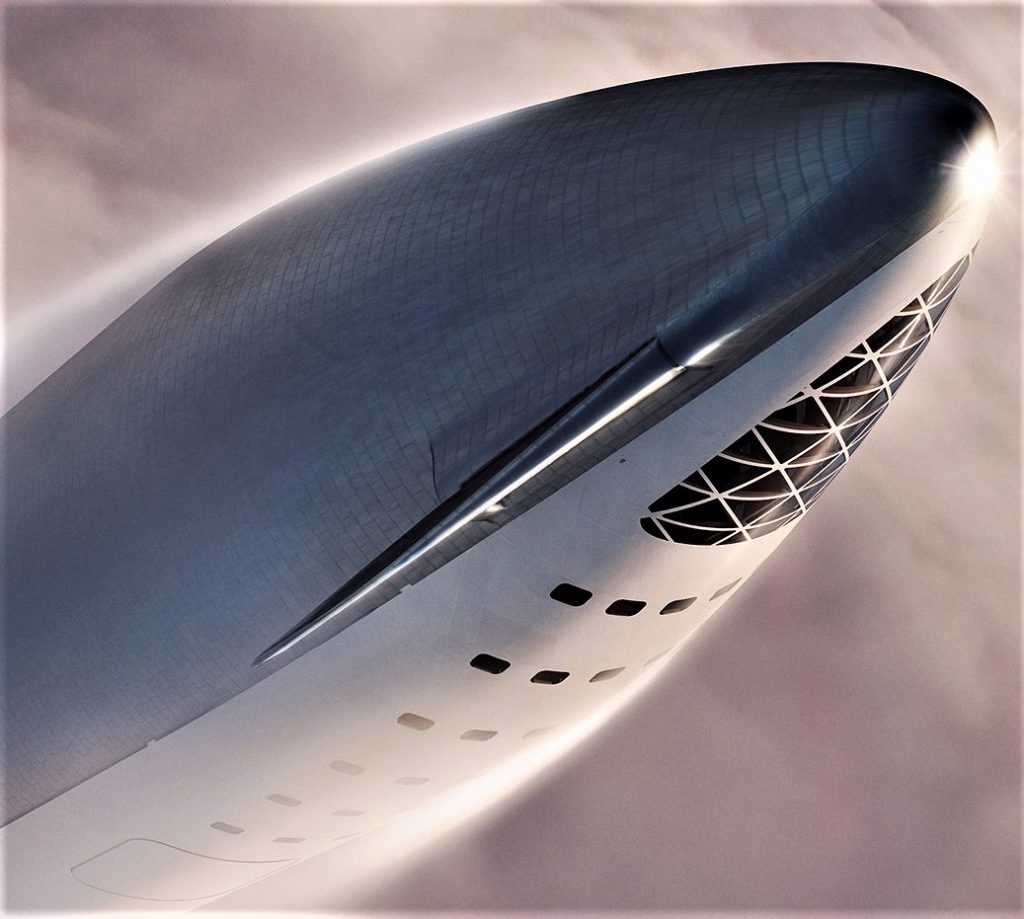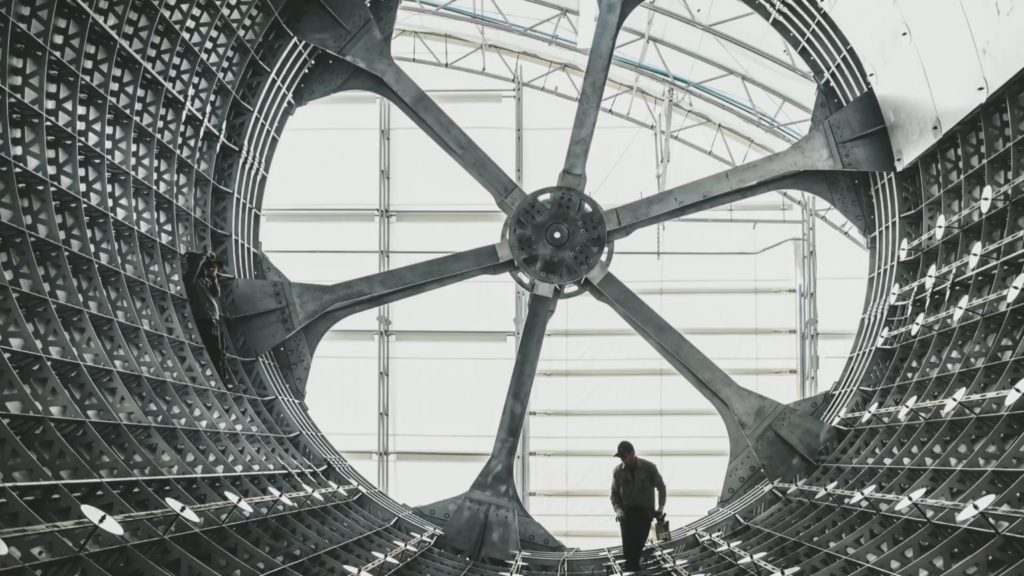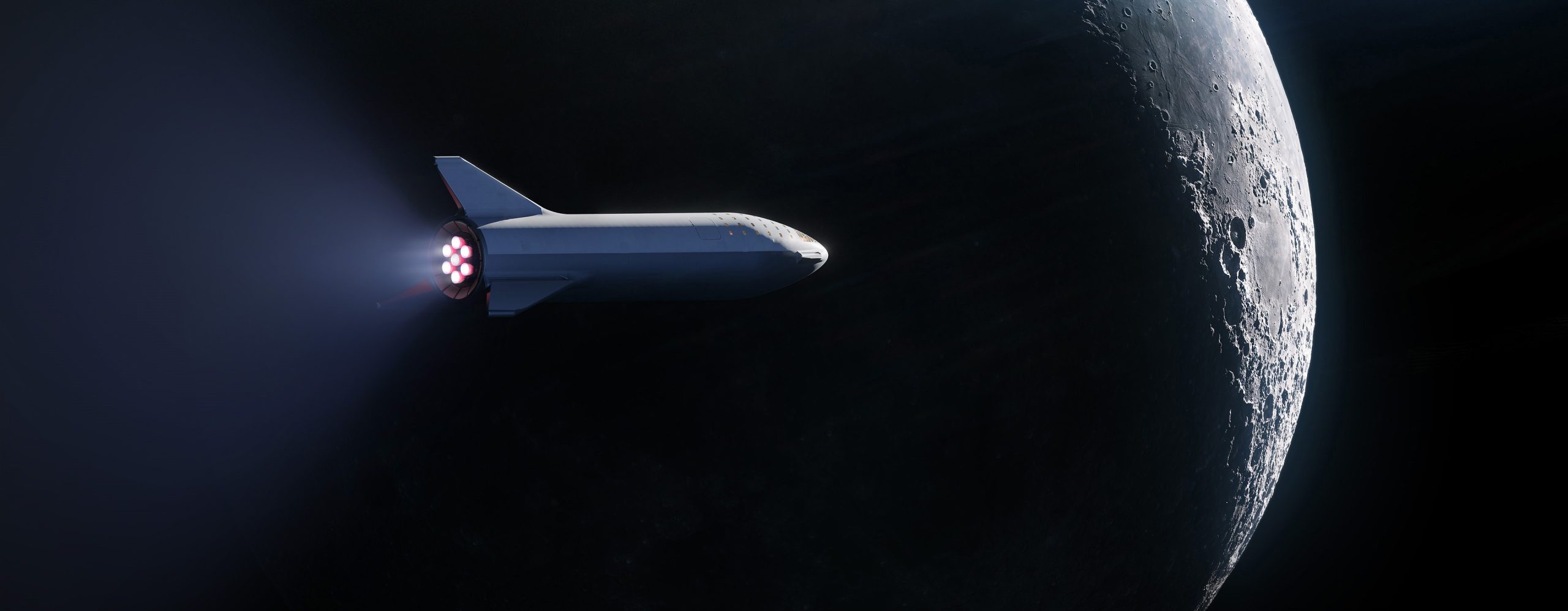
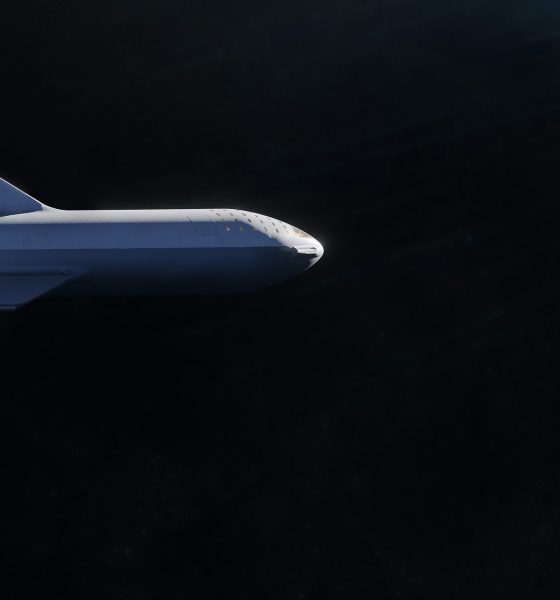
News
SpaceX kicks off $750M investment round as BFR and Starlink infrastructure needs grow
Reuters reports that SpaceX has moved forward with an effort to raise capital through a leveraged loan and is now circulating a debt investment opportunity 50% greater than originally reported by Bloomberg.
With the maximum capital raise now capped at $750M with Bank of America in place of Goldman Sachs as the loan guarantor, SpaceX could rapidly find itself flush with funds that will be instrumental in the completion of major infrastructure expansion projects for its Starlink satellite constellation and next-gen BFR rocket and spaceship.
SpaceX is out with price talk on its $750m loan and it's in the L+400-425 range. w/ @KristenHaunss – https://t.co/WCFlWpEhjS
— Jonathan Schwarzberg (@theschwarzberg) November 7, 2018
Particularly noteworthy is the fact that SpaceX – according to sources that spoke with Reuters – is playing their financial cards very close to the chest, presumably suggesting that interested investors are being faced with extreme secrecy over the company’s finances, assuming they are being allowed much access at all. Given how gilded and relatively exciting SpaceX is, investors may be more than willing to shrug off the inherent high-risk, high-reward nature of commercial spaceflight and swallow an unusual burden of secrecy and opaque corporate insight.
Assuming that SpaceX is able to successfully secure enough investors to raise the full $750M, this offering could mark a turning point in the way SpaceX approaches major capital expenditures, particularly at a point in time where the company is likely to imminently require massive amounts of cash to prevent major schedule delays for both Starlink and BFR. With more than two years and a full 35 successful launches separating SpaceX from their last catastrophic failure, the company’s financial outlook – at least from an external perspective – is healthier than its ever been, and the manner with which Falcon 9 has rapidly devoured a majority of the global commercial launch industry is extremely promising.
- An unofficial analysis of SpaceX’s first ~1600 Starlink satellites. (Mark Handley)
- One of the first two prototype Starlink satellites separates from Falcon 9’s upper stage, February 2018. (SpaceX)
- A closeup of BFS’ nose section, featuring impressively varied tile-sizes, joining methods, and extremely precise curves on the interface between canard wings and the hull. (SpaceX)
- SpaceX’s BFR mandrel, a tool used to form the rocket’s largest composite structures. (SpaceX)
Further, SpaceX hopes to lower the average cost of rocket launches by at least one or two magnitudes with the introduction and optimization of the next-gen BFR rocket, while its prospective Starlink satellite constellation has the potential to disrupt an unbelievably vast and stagnant global communications market. In order to even begin to make either or both aspirations real, SpaceX will need to construct wholly new production, test, and launch facilities capable of manufacturing an unprecedented number of satellites (between ~4400 and ~12000) and supporting what would be the largest and most advanced commercial rocket ever built.
Altogether, these many towering challenges will demand major investments in infrastructure with no real guarantee of returns. If the market will bear it (and it seems to be more than willing), leveraged loans – essentially debt equity backed by large banks or institutions – is one of the best possible ways to raise large amounts of money for risky prospects, particularly for a company as successful and glamorous as SpaceX. With any luck, investors will be luxuriously rewarded for going out on a relative limb.
For prompt updates, on-the-ground perspectives, and unique glimpses of SpaceX’s rocket recovery fleet, check out our brand new LaunchPad and LandingZone newsletters!

Elon Musk
Elon Musk’s X will start using a Tesla-like software update strategy
The initiative seems designed to accelerate updates to the social media platform, while maintaining maximum transparency.

Elon Musk’s social media platform X will adopt a Tesla-esque approach to software updates for its algorithm.
The initiative seems designed to accelerate updates to the social media platform, while maintaining maximum transparency.
X’s updates to its updates
As per Musk in a post on X, the social media company will be making a new algorithm to determine what organic and advertising posts are recommended to users. These updates would then be repeated every four weeks.
“We will make the new 𝕏 algorithm, including all code used to determine what organic and advertising posts are recommended to users, open source in 7 days. This will be repeated every 4 weeks, with comprehensive developer notes, to help you understand what changed,” Musk wrote in his post.
The initiative somewhat mirrors Tesla’s over-the-air update model, where vehicle software is regularly refined and pushed to users with detailed release notes. This should allow users to better understand the details of X’s every update and foster a healthy feedback loop for the social media platform.
xAI and X
X, formerly Twitter, has been acquired by Elon Musk’s artificial intelligence startup, xAI last year. Since then, xAI has seen a rapid rise in valuation. Following the company’s the company’s upsized $20 billion Series E funding round, estimates now suggest that xAI is worth tens about $230 to $235 billion. That’s several times larger than Tesla when Elon Musk received his controversial 2018 CEO Performance Award.
As per xAI, the Series E funding round attracted a diverse group of investors, including Valor Equity Partners, Stepstone Group, Fidelity Management & Research Company, Qatar Investment Authority, MGX, and Baron Capital Group, among others. Strategic partners NVIDIA and Cisco Investments also continued support for building the world’s largest GPU clusters.
News
Tesla FSD Supervised wins MotorTrend’s Best Driver Assistance Award
The decision marks a notable reversal for the publication from prior years, with judges citing major real-world improvements that pushed Tesla’s latest FSD software ahead of every competing ADAS system.

Tesla’s Full Self-Driving (Supervised) system has been named the best driver-assistance technology on the market, earning top honors at the 2026 MotorTrend Best Tech Awards.
The decision marks a notable reversal for the publication from prior years, with judges citing major real-world improvements that pushed Tesla’s latest FSD software ahead of every competing ADAS system. And it wasn’t even close.
MotorTrend reverses course
MotorTrend awarded Tesla FSD (Supervised) its 2026 Best Tech Driver Assistance title after extensive testing of the latest v14 software. The publication acknowledged that it had previously criticized earlier versions of FSD for erratic behavior and near-miss incidents, ultimately favoring rivals such as GM’s Super Cruise in earlier evaluations.
According to MotorTrend, the newest iteration of FSD resolved many of those shortcomings. Testers said v14 showed far smoother behavior in complex urban scenarios, including unprotected left turns, traffic circles, emergency vehicles, and dense city streets. While the system still requires constant driver supervision, judges concluded that no other advanced driver-assistance system currently matches its breadth of capability.
Unlike rival systems that rely on combinations of cameras, radar, lidar, and mapped highways, Tesla’s FSD operates using a camera-only approach and is capable of driving on city streets, rural roads, and freeways. MotorTrend stated that pure utility, the ability to handle nearly all road types, ultimately separated FSD from competitors like Ford BlueCruise, GM Super Cruise, and BMW’s Highway Assistant.
High cost and high capability
MotorTrend also addressed FSD’s pricing, which remains significantly higher than rival systems. Tesla currently charges $8,000 for a one-time purchase or $99 per month for a subscription, compared with far lower upfront and subscription costs from other automakers. The publication noted that the premium is justified given FSD’s unmatched scope and continuous software evolution.
Safety remained a central focus of the evaluation. While testers reported collision-free operation over thousands of miles, they noted ongoing concerns around FSD’s configurable driving modes, including options that allow aggressive driving and speeds beyond posted limits. MotorTrend emphasized that, like all Level 2 systems, FSD still depends on a fully attentive human driver at all times.
Despite those caveats, the publication concluded that Tesla’s rapid software progress fundamentally reshaped the competitive landscape. For drivers seeking the most capable hands-on driver-assistance system available today, MotorTrend concluded Tesla FSD (Supervised) now stands alone at the top.
News
Elon Musk’s Grokipedia surges to 5.6M articles, almost 79% of English Wikipedia
The explosive growth marks a major milestone for the AI-powered online encyclopedia, which was launched by Elon Musk’s xAI just months ago.

Elon Musk’s Grokipedia has grown to an impressive 5,615,201 articles as of today, closing in on 79% of the English Wikipedia’s current total of 7,119,376 articles.
The explosive growth marks a major milestone for the AI-powered online encyclopedia, which was launched by Elon Musk’s xAI just months ago. Needless to say, it would only be a matter of time before Grokipedia exceeds English Wikipedia in sheer volume.
Grokipedia’s rapid growth
xAI’s vision for Grokipedia emphasizes neutrality, while Grok’s reasoning capabilities allow for fast drafting and fact-checking. When Elon Musk announced the initiative in late September 2025, he noted that Grokipedia would be an improvement to Wikipedia because it would be designed to avoid bias.
At the time, Musk noted that Grokipedia “is a necessary step towards the xAI goal of understanding the Universe.”
Grokipedia was launched in late October, and while xAI was careful to list it only as Version 0.1 at the time, the online encyclopedia immediately earned praise. Wikipedia co-founder Larry Sanger highlighted the project’s innovative approach, noting how it leverages AI to fill knowledge gaps and enable rapid updates. Netizens also observed how Grokipedia tends to present articles in a more objective manner compared to Wikipedia, which is edited by humans.
Elon Musk’s ambitious plans
With 5,615,201 total articles, Grokipedia has now grown to almost 79% of English Wikipedia’s article base. This is incredibly quick, though Grokipedia remains text-only for now. xAI, for its part, has now updated the online encyclopedia’s iteration to v0.2.
Elon Musk has shared bold ideas for Grokipedia, including sending a record of the entire knowledge base to space as part of xAI’s mission to preserve and expand human understanding. At some point, Musk stated that Grokipedia will be renamed to Encyclopedia Galactica, and it will be sent to the cosmos.
“When Grokipedia is good enough (long way to go), we will change the name to Encyclopedia Galactica. It will be an open source distillation of all knowledge, including audio, images and video. Join xAI to help build the sci-fi version of the Library of Alexandria!” Musk wrote, adding in a later post that “Copies will be etched in stone and sent to the Moon, Mars and beyond. This time, it will not be lost.”

